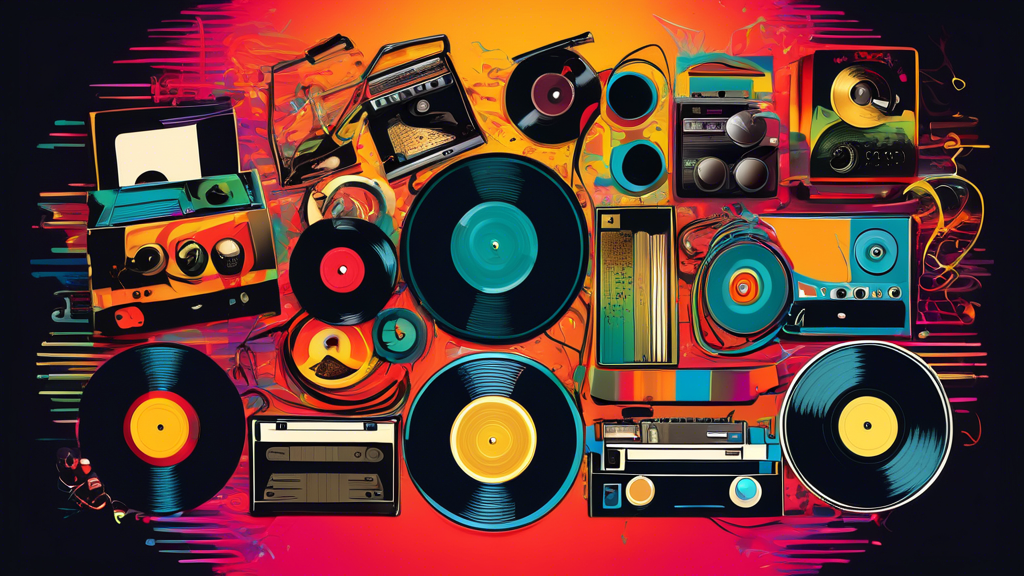In recent years, the resurgence of physical music formats has moved from being a mere nostalgic trend to a steadfast cultural shift. While digital streaming services dominate the mainstream, a dedicated faction of music enthusiasts has turned the tables, quite literally, favoring tangible music formats like vinyl records, cassettes, and CDs. This physical music revolution, which seemed like a temporary flashback, has proven to be more than just a flash in the pan, embedding itself as a significant and enduring aspect of contemporary music culture.
The Vinyl Renaissance
At the heart of this revolution is the vinyl record. Once thought to be a relic of the past, vinyl has seen an extraordinary revival. Sales figures have skyrocketed, with millions of units sold annually, numbers not seen since their heyday in the 1970s and 1980s. This renaissance is fueled not only by older generations looking to recapture the music of their youth but also by younger listeners drawn to vinyl’s warm sound quality, tactile nature, and the artistry of album covers. Record Store Day, an annual event celebrating independent record stores worldwide, has played a pivotal role in this revival, offering exclusive releases and fostering a community of vinyl collectors.
The Cassette Comeback
Not to be outdone, cassettes have made an unexpected return. Once the most convenient option for portable music in the 1980s and early 1990s, cassettes faded into obscurity with the advent of CDs and digital files. However, the cassette’s compact size, affordability, and retro appeal have endeared it to a new generation. Independent artists and labels have been at the forefront of this comeback, using cassettes as a cost-effective means of distributing music and creating limited editions that appeal to collectors.
The Enduring Appeal of CDs
CDs, too, are experiencing a resurgence. After years of decline due to the rise of digital downloads and streaming, CD sales are once again on the upswing. Many music fans appreciate CDs for their digital quality sound without the compression found in many digital files, as well as the physical ownership of music and the accompanying booklet artwork and liner notes that provide a deeper connection to the work.
The Emotional Connection
At the core of the physical music revolution is a longing for a more tactile and engaged music experience. Digital streaming offers convenience and access to a vast array of music but lacks the tangible connection that comes with handling and owning a physical medium. Listeners are rediscovering the joy of flipping through album covers, reading liner notes, and the ritualistic experience of playing music in its physical form. This emotional connection, combined with the unique sound qualities of analog formats, has fueled the sustained interest in physical music.
The Cultural Significance
Beyond individual enjoyment, the resurgence of physical music has broader cultural implications. It has revitalized the local record shop, turning these spaces into community hubs where music lovers can gather, share, and discover new music. It has also challenged the music industry’s increasingly ephemeral nature, emphasizing the value of music as an art form worth owning and collecting, not just consuming.
Imagine The Fun Dragging Crates Thru Airports
The physical music revolution has defied expectations, growing from a nostalgic curiosity to a vibrant and meaningful aspect of how we experience music. It is a testament to the power of music as a tangible artifact, capable of evoking memories, emotions, and fostering a sense of community. As we move forward in an increasingly digital world, the enduring appeal of physical music formats reminds us of the importance of slowing down and appreciating the art of music in all its forms.


